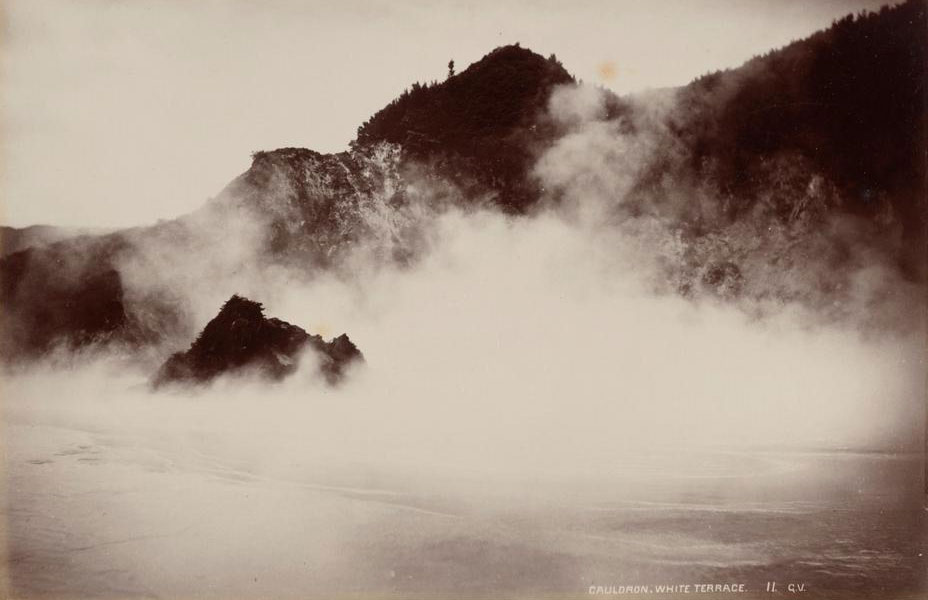—

exhibition Details
In the Victorian colonial psyche New Zealand was often envisaged both as a Utopian escape from industrial Britain and as the mysterious ‘Antipodes’, an abstract landmass that was a distorted mirror of Britain in its remoteness and perceived strangeness. Eliciting both awe and fear, the New Zealand landscape became a fundamental component in reflecting and defining colonial identity, symbolising settlers’ estrangement from Britain as well as their fears and aspirations to control their new environment.
The development of photography in New Zealand paralleled, and was encompassed within, the vogue for tourism fuelled by this ideology. The pictorial, experiential and emotive language employed in guidebooks was complemented by accompanying photographs, which enticed and visually transported readers into the rugged unknown. Often emphasising the sublime strangeness of the terrain or heralding efforts to tame this through settlement, the photographs exhibited in Uncanny Country indicate the complex, multifarious colonial perceptions of the New Zealand landscape: a sublime awe in the picturesque Antipodes, unease in the face of its uncanny strangeness, and a desire to make the unknown familiar through travel, settlement, and image dispersal.
- Date
- —
- Curated by
- Emma Jameson
- Location
- Level 1